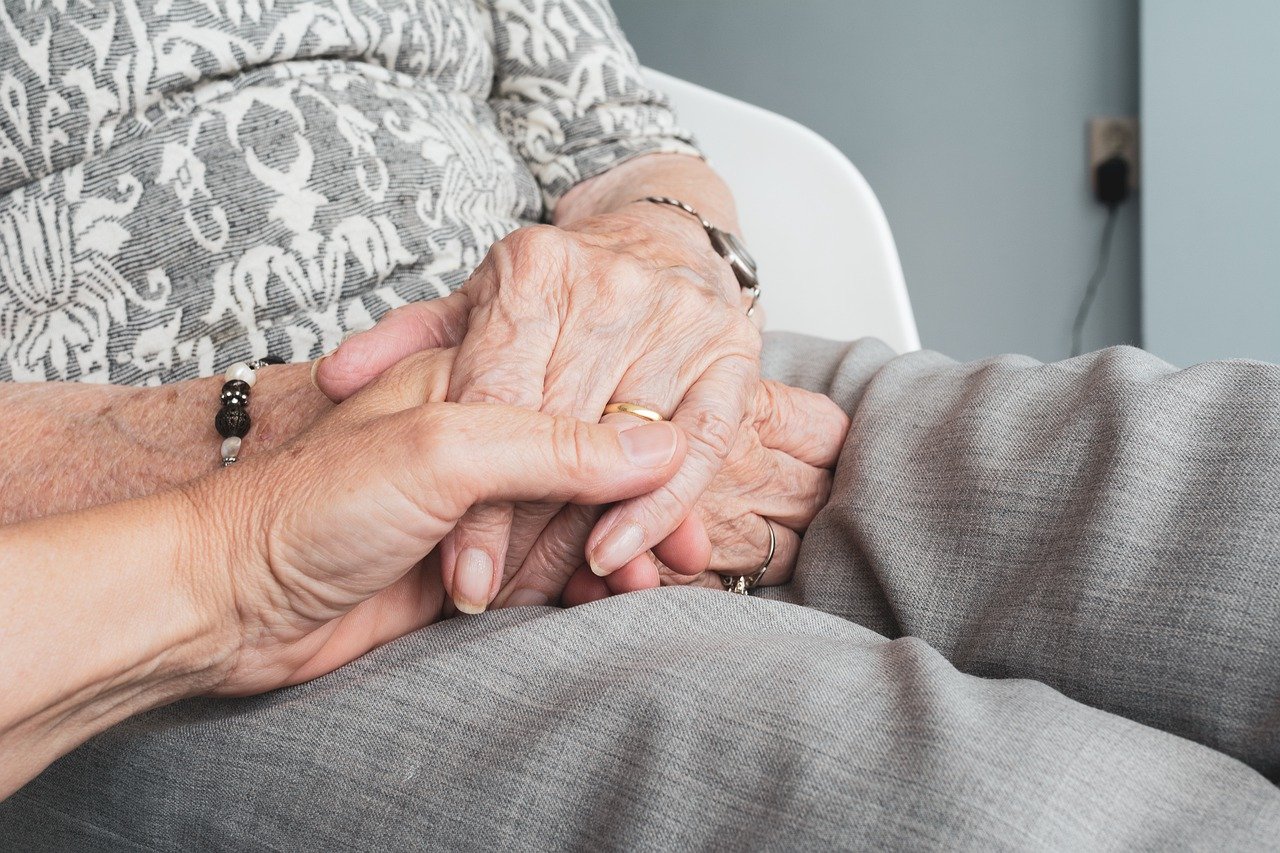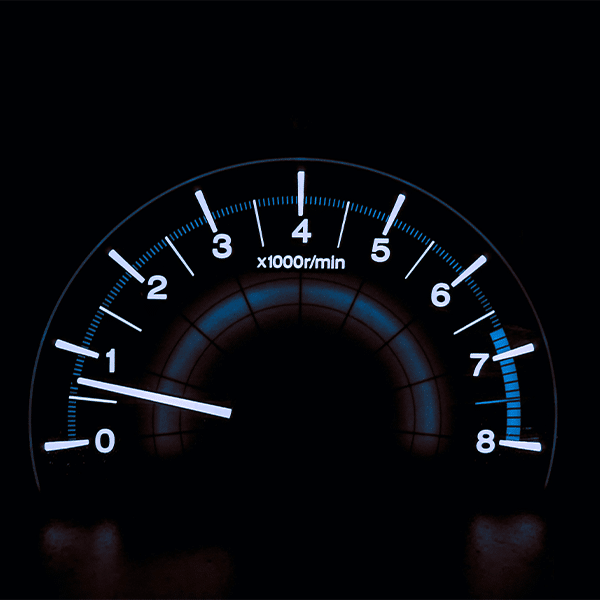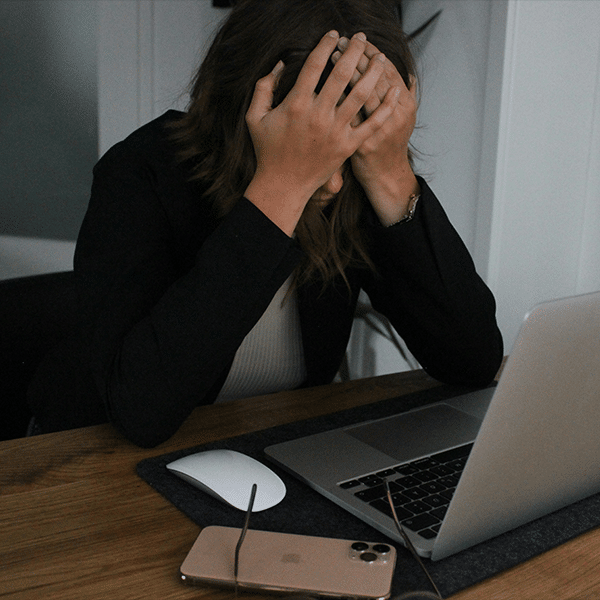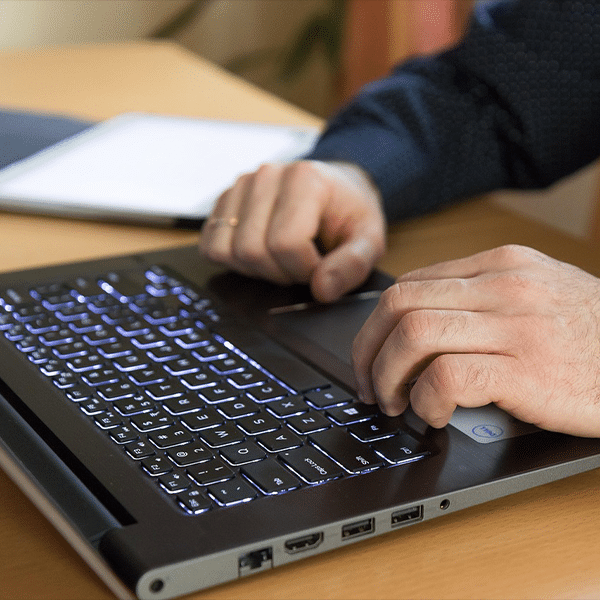Almost 22 million older Americans lack wireline broadband access at home, according to a report about seniors and the digital divide commissioned by Older Adults Technology Services Inc. (OATS) and the Humana Foundation. The two organizations also said that they are mounting a campaign that aims to bring high speed internet to a million unconnected seniors by 2022.
The nearly 22 million older Americans without wired broadband represent 42% of those who are older than 65, according to a press release about data on seniors and the digital divide. The report, titled “Aging Connected: Exposing the Hidden Connectivity Crisis for Older Americans” – found “disturbing correlations between digital disengagement and race, disability, health status, educational attainment, immigration, rural residence, and income.”
The report provided context: More than 80% of deaths due to the COVID-19 pandemic are older American, and 40% of these people were unable to access necessary resources from home. Despite the need, the authors found that digital inclusion efforts are inconsistent and large swaths of the country lack low-cost and senior-friendly initiatives.
Virtually all of what is available is undertaken by telecom firms and nonprofits. Little or no direct public sector support is available, according to the researchers. Public-private partnerships, however, are effective, according to the report.
The OATS/Humana Foundation initiative, “Aging Connected,” has four main goals: It will “publicize and clearly articulate the value of broadband to seniors;” prioritize social equity and inclusion; expand access to low-cost offers and “develop content, communities and experience for older adults to increase utilization of broadband services.”
“America’s older population is facing a public health crisis as the digital divide restricts their ability to stay healthy, meaningfully engaged, and financially secure amid the pandemic and beyond,” Thomas Kamber, the executive director of Older Adults Technology Services, said in a press release about the broadband seniors report. “This new research shows that America is failing to close the digital gap for older adults, who more than ever need the tools to be connected and engaged online.
The report was written by John Horrigan from The Technology Policy Institute and Erin York Cornwell form Cornell University.
It’s important to note that the report only assessed wired connections. Hopefully, a significant percentage of the startlingly high number of seniors without wired broadband have adequate smartphone connectivity.
There seems to be at least some good news. Earlier this month, Parks Associates said the pandemic has led to a “very pronounced” shift in use of telecommunications technology by seniors. According to the firm, 29% of those 65 and older have used videoconferencing, 27% have used telehealth/remote consultation services, 22% have used a grocery store delivery or pick-up service and 55% have an online video service subscription.



